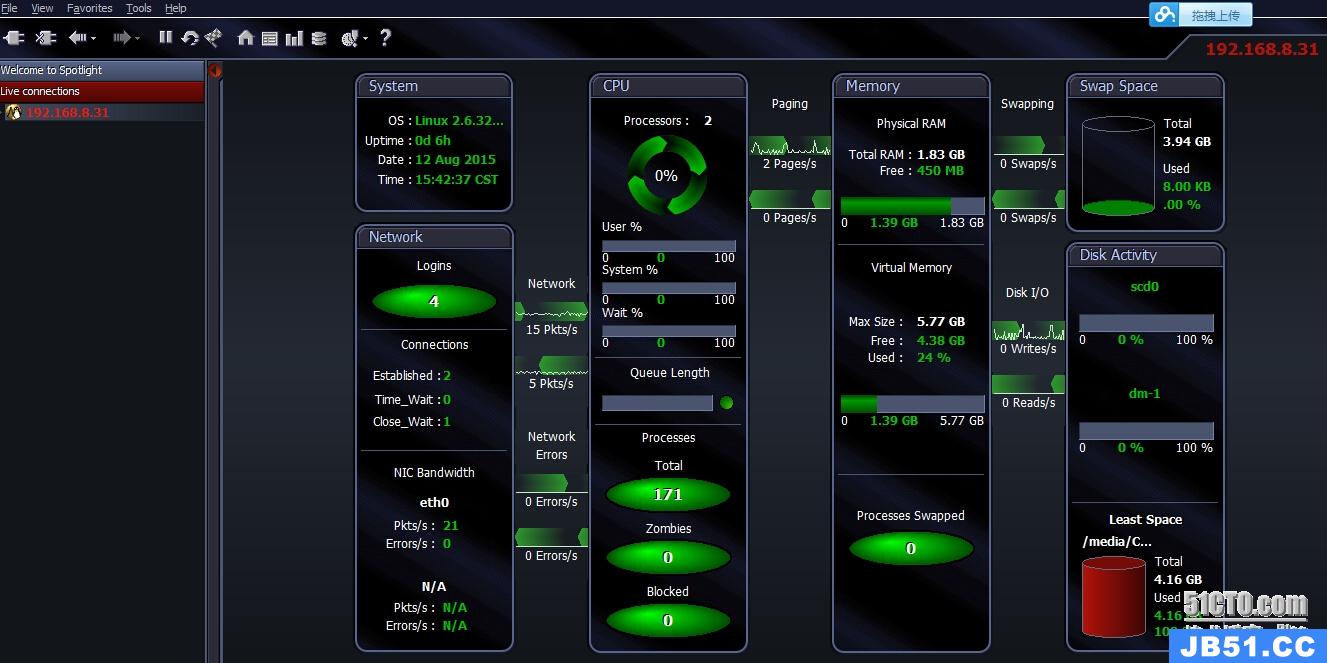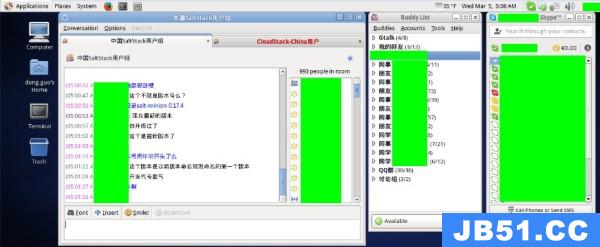Sarg的全名是Squid Analysis ReportGenerator,是一款Squid日志分析工具,采用HTML格式,详细列出每一位用户访问Internet的站点信息、时间占用信息、排名、连接次数和访问量等
实验环境
- 系统环境:centos7.4
- 服务器IP地址:192.168.100.71
- 相关源码信息:sarg-2.3.7、squid-3.4.6
搭建步骤
一、安装Squid服务
没有安装squid服务的朋友可以查看我之前的博文 http://blog.51cto.com/11905606/2177108
二、Squid日志分析
1、安装web服务
1)、安装httpd软件包
[[email protected] ~]# yum -y install httpd
2)、修改配置文件
[[email protected] ~]# vim /etc/httpd/conf/httpd.conf
#编辑以下参数 ServerName www.bt.com:80 #设置完全主机名,根据自己的需求 Listen 192.168.100.71:80 #设置服务监听端口
3)、启动服务
[[email protected] ~]# systemctl start httpd.service
[[email protected] ~]# netstat -anpt | grep ‘:80‘

2、配置Sarg分析Squid日志
1)、安装GD库
[[email protected] ~]# yum -y install gd gd-devel
2)、安装sarg
[[email protected] ~]# tar xvfz sarg-2.3.7.tar.gz
[[email protected] ~]# cd sarg-2.3.7/
[[email protected] sarg-2.3.7]# ./configure \
--prefix=/usr/local/sarg \
--sysconfdir=/etc/sarg \
--enable-extraprotection
#参数详解 prefix #指定配置文件安装路径 sysconfdir #配置文件目录 enable-extraprotection #安全保护功能
[[email protected] sarg-2.3.7]# make && make install
3)、修改sarg配置文件,添加要监控的squid的日志信息等
[[email protected] ~]# vim /etc/sarg/sarg.conf
#修改以下参数 access_log /usr/local/squid/var/logs/access.log #约第7行, 打开squid访问日志 title "Squid User Access Reports" #约第25行, 打开网页标题 output_dir /var/www/html/squid-reports #约第120行,sarg报告输出目录 user_ip no #约第178行,使用用户名显示,no代表禁用 exclude_hosts /usr/local/sarg/noreport #约第206行,指定不计入排序的站点列表文件 topuser_sort_field BYTES reverse #约第184行,在top排序中,指定连接次数、访问字节数,reverse代表降序 user_sort_field BYTES reverse #约第190行,对于用户访问记录,连接次数按降序排列 overwrite_report no #约第257行,当日期报告已经存在,是否覆盖报告 mail_utility mailx #约第289行,发送邮件报告的命令 charset UTF-8 #约第434行,使用字符集,utf-8 weekdays 0-6 #约第518行,指定top排序时的星期周期,0为周日 hours 7-12,14,16,18-20 #约第523行,指定top排序时的时间周期 www_document_root /var/www/html #约第633行,网页根目录
[[email protected] ~]# touch /usr/local/sarg/noreport #创建不计入排序的站点列表文件
4)、启动sarg并对观察squid的访问日志
[[email protected] ~]# ln -s /usr/local/sarg/bin/sarg /usr/local/bin #添加软链接
[[email protected] ~]# sarg #启动sarg
SARG: 纪录在文件: 53,reading: 100.00% SARG: 成功的生成报告在 /var/www/html/squid-reports/2018Sep19-2018Sep19
5)、测试
输入 http://192.168.100.103/squid-reports/


6、引入周期性计划任务
1).编辑每日报告脚本
[[email protected] ~]# cd /usr/local/sarg/
[[email protected] sarg]# vim sarg.sh
00 00 * sarg -l /usr/local/squid/var/logs/access.log -o /var/www/html/squid-reports/ -z -d $(date -d "1 day ago" +%d/%m/%Y)-$(date +%d/%m/%Y)
2).添加周期性计划任务
[[email protected] ~]# chmod +x /usr/local/sarg/sarg.sh
[[email protected] ~]# crontab -e
00 00 * * * /usr/local/sarg/sarg.sh #每天00:00执行
[[email protected] ~]# systemctl enable crond #设为开机自启动



